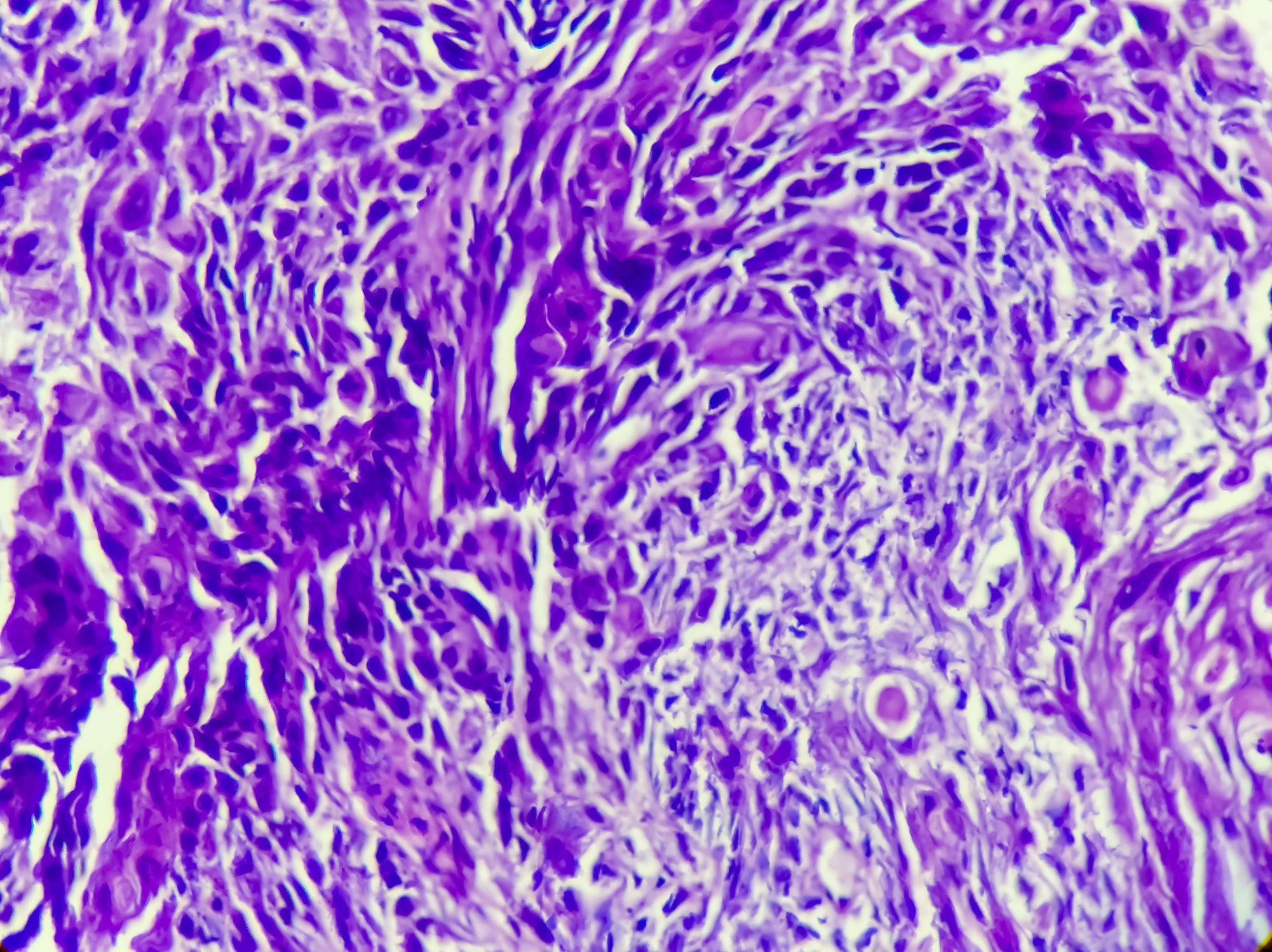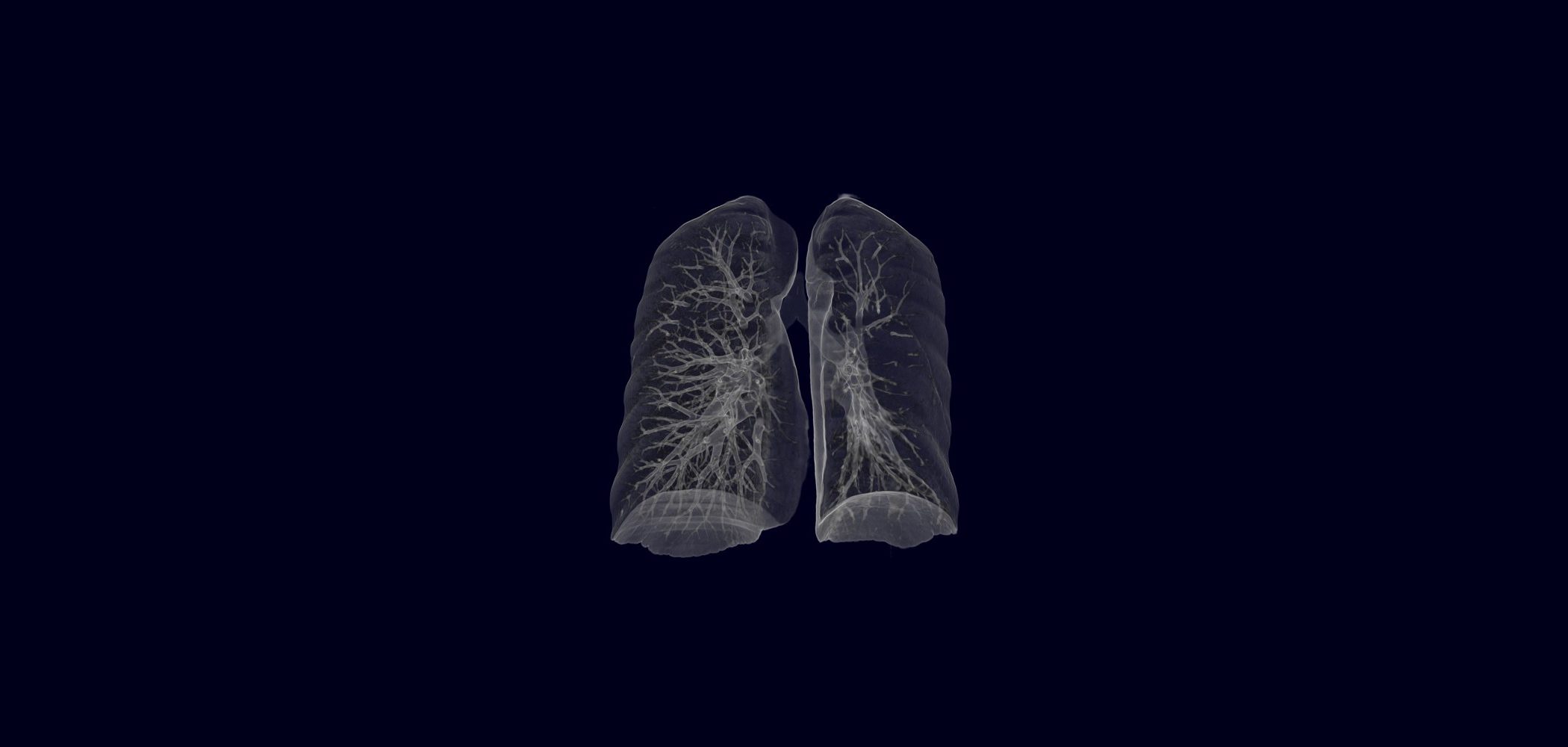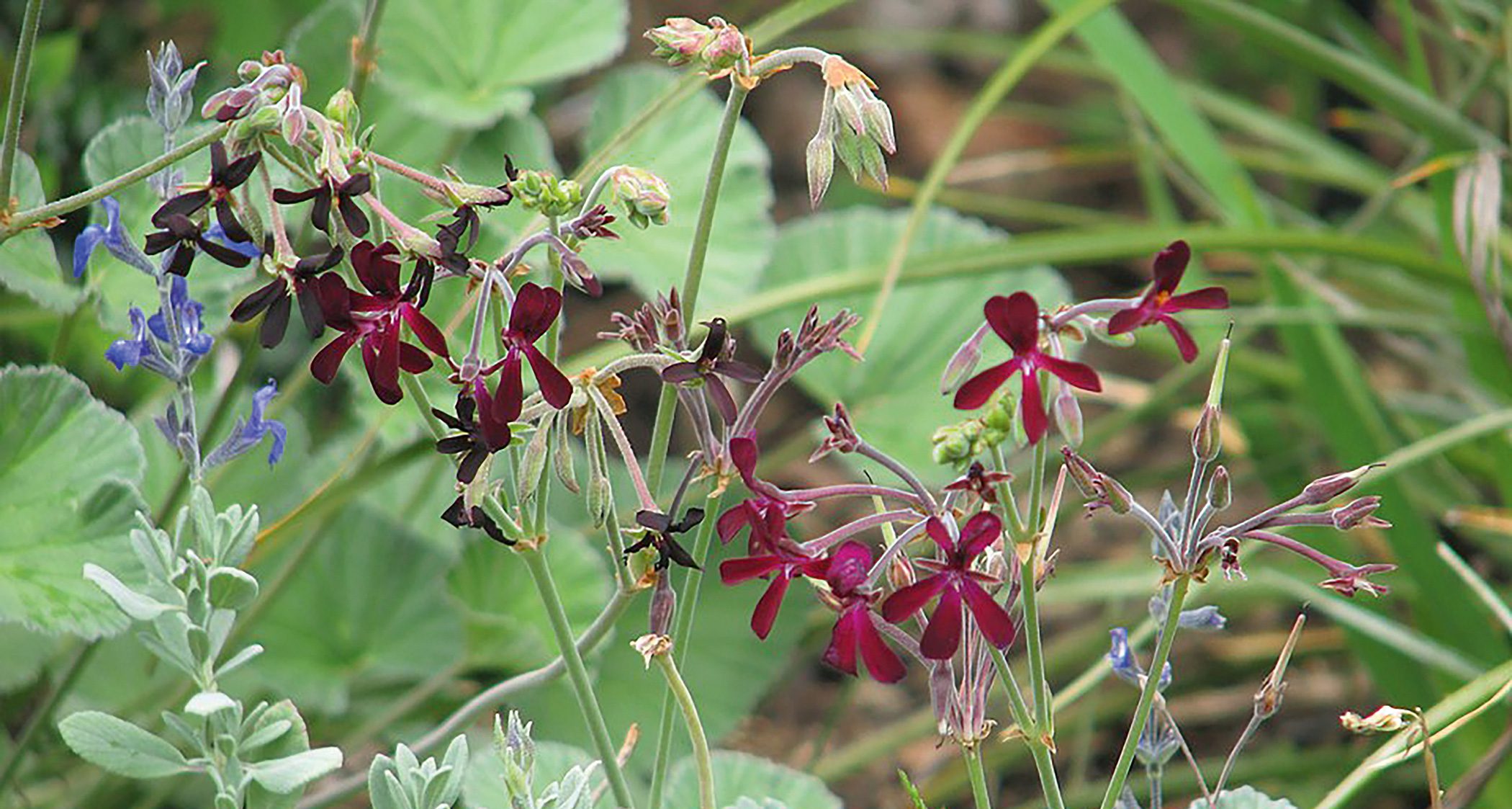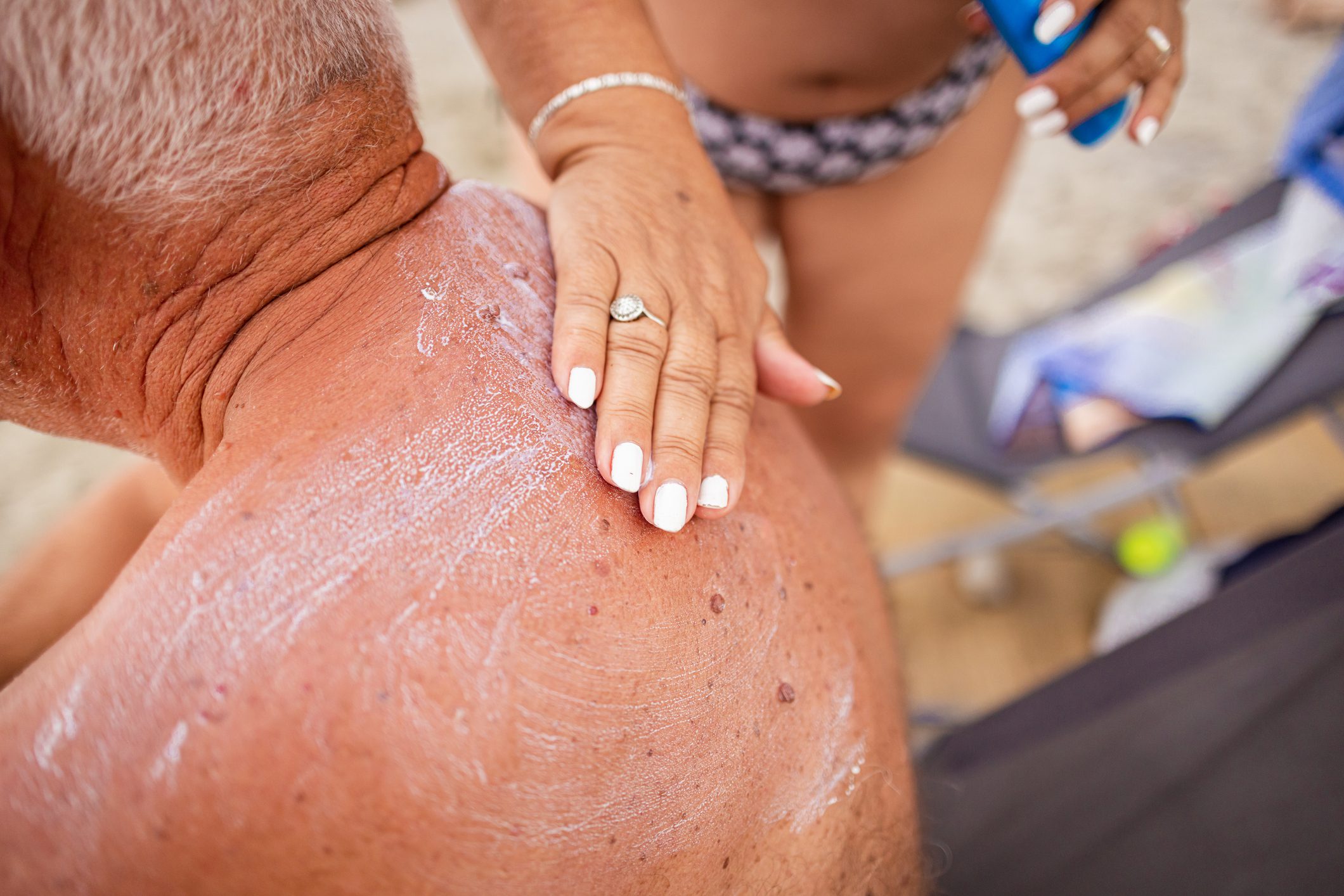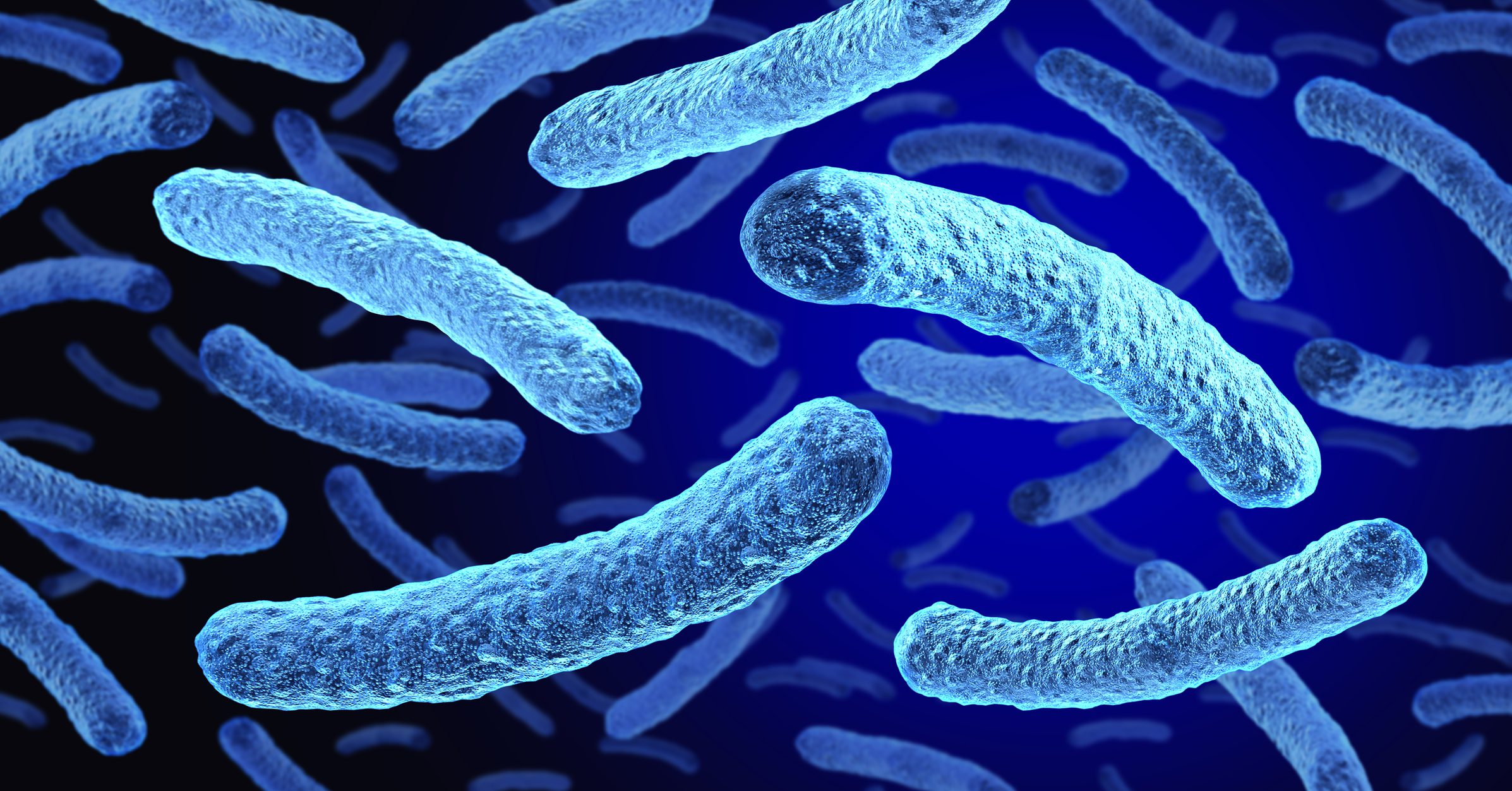Dexeryl® is a medical device for topical use and is composed of an emollient (softening and soothing effect) and hydrating cream (increases the water content of the skin). It is an oil emulsion in water, combining three active ingredients: glycerol (15%), white soft paraffin (8%) and liquid paraffin (2%). Its aim is to re-establish cohesion between keratinocytes of the stratum corneum in skin diseases accompanied by dryness of the skin.
Glycerol has a wetting effect on the stratum corneum (it increases the water content and attracts water towards the epidermis). It is an endogenous hygroscopic factor which plays an important role in the skin barrier(1) and helps to repair the barrier(2) after physico-chemical changes. It is involved in natural skin hydration and is produced by the conversion of phospholipids into free fatty acids, by transport thanks to the membrane pores of aquaporin 3 or is synthesised by the pilosebaceous glands. In addition, glycerol favours the dissolution of corneodesmosomes in the upper layers of the stratum corneum and thereby improves the evenness of the skin covering. A double-blind, controlled study(3) has shown that glycerol (compared with a placebo without glycerol) improves homeostasis of the skin (evaluated by insensible water loss) and hydration of the stratum corneum (corneometry) after alteration by sequential stripping of the skin barrier. Furthermore, more rapid normalisation of the morphology of corneocytes was demonstrated in vivo in the presence of glycerol on examination using confocal microscopy. This confirms the value of glycerol in repair of the skin barrier. White soft paraffin and liquid paraffin have an emollient and film-forming action, slow down water evaporation (insensible water losses) and enrich the epidermis with lipids, from the skin surface. As a result of its skin protection, Dexeryl® limits the change in the skin barrier. Normal function of this barrier is principally maintained by the stratum corneum, which protects against external insult and also by limiting body water loss. This stratum corneum is the result of keratinocyte cell differentiation combining cornification of cells and the building of a specific lipid matrix.
The properties of Dexeryl® allowed it to obtain marketing authorisation (MA) in 1991 in France for treatment of conditions with skin dryness encountered in some skin diseases such as atopic dermatitis, the ichthyosis and psoriasis. During these skin diseases, there are in fact disorders of keratinisation, which explains the skin signs found in them. Dexeryl® is also effective in other dry skin conditions such as asteatotic eczema, seborrhoeic eczema, parakeratosis and in particular the diffuse skin dryness found during winter, as well as dryness of the skin in the elderly.
Atopic dermatitis
Atopic dermatitis is the most common of the skin diseases in children. It is characterised by pruritus associated with diffuse skin dryness, combined with inflammatory lesions that appear secondary to a constitutional disorder of skin permeability. This change in the skin barrier allows penetration of environmental antigens (aeroallergens, respiratory allergens) such as house dust, house dust mite, animal fur, pollens and many other external allergens. Associated with this is an inflammatory immune response with a breakdown of immune tolerance, inducing sensitisation to environmental allergens in the presence of a genetic predisposition. There is consequently also an increase in the manifestations of contact sensitisation.
Progress in understanding the pathophysiology of atopic dermatitis have stressed the essential factor represented by the disorder of the skin barrier with, in particular, changes in filaggrin(4). This change is rarely genetic (gene mutation) but is heavily influenced by epigenetic factors (pollution, stress, etc) accompanied by a change in gene transcription and a decrease in filaggrin expression. Filaggrin is produced in the keratins of the stratum corneum from a precursor which undergoes proteolysis,
releasing the amino acids responsible for natural hydration factors (NMF).
In atopic dermatitis, there is a decrease in the synthesis of NMF, an abnormality in the synthesis of lipids and inhibition of the production of these proteins by interleukins. Atopic xerosis is linked to this change in the stratum corneum accompanied by a decrease in acidity and therefore protease overactivity promoting the break-up of corneodesmosomes and inhibition of lipid synthesis with ceramide deficiency.
This atopic skin dryness may be revealed by an increase in insensible water loss, secondary to the change in the protective hydrolipid film. The conference consensus on the management of atopic dermatitis in children in 2005(5) confirmed the importance of the use of topical emollients in combination with topical corticosteroids and topical immunosuppressants. They improve skin hydration and the barrier function and decrease the risk of sensitisation to environmental allergens. They appear to decrease the use of topical corticosteroids, limit pruritus and reduce the frequency of active flare-ups. Glycerol has proven its beneficial effect in childhood eczema(6) and the efficacy of Dexeryl® has been demonstrated in the management of atopic dermatitis in children, which allowed its MA to be obtained in France in this indication(7).
Psoriasis
Psoriasis is a common skin disease affecting 3 to 5% of the general population. Its clinical manifestations are very variable ranging from slightly scaly simple erythema to very thick scab-covered patches which then justify a specific treatment. Psoriasis is a chronic inflammatory disease occurring in individuals with a genetic predisposition, accompanied by a change in the stratum corneum made up of incompletely differentiated corneocytes, in addition to underlying epidermal changes. In psoriasis, there is hyperkeratosis associated with parakeratosis secondary to a disorder of keratinisation with accelerated keratinocyte turnover. In addition to the changes in the profile of keratin expression, there is also an abnormality of the molecules involved in the formation of cornified envelopes and in particular filaggrin and transglutaminases.
There is often pruritus, which makes skin irritation more likely, and the latter itself gives rise to hyperkeratotic reactive inflammatory lesions. The application of Dexeryl® helps reduce skin irritation and its hydrating nature limits skin dryness and therefore itching. Emollients are an adjuvant to drug treatments and allow the latter to be used more sparingly. Simple occlusion of the plaques by hydrocolloid dressings also has a very beneficial effect.
Ichthyosis
Ichthyoses are genetic diseases characterised by thickening and skin dryness with sometimes very thick scales. They are linked to mutations of genes coding for molecules involved in the barrier function and water homeostasis. There are two major types of ichthyosis: ichthyoses due to retention with a decrease in physiological desquamation of keratin (ichthyosis vulgaris and X-linked ichthyosis) and ichthysoses due to proliferation (lamellar ichthyosis, congenital ichthyosiform erythroderma, dry type) where there is accelerated multiplication of keratinocytes leading to thickening of the stratum corneum. Due to the change in the stratum corneum, these forms of ichthyosis are accompanied by skin dryness with sensations of tightness associated with some degree of pruritus.
Ichthyosis vulgaris is the most common form (1% of the population). It is sometimes mild and normally spares the skin folds. It is due to a mutation of the filaggrin gene. The organisation of keratin filaments as well as filling of lamellar bodies and secretion of their contents are disturbed. X-linked ichthyosis is secondary to a mutation of the gene coding for the enzyme cholesterol sulphatase leading to accumulation of cholesterol sulphate, which alters the lipid barrier and inhibits proteases. It only affects boys and is accompanied by thick, blackish scales.
The other congenital ichthyoses are associated with changes in the genes coding for transglutaminase I, lipo-oxygenases or the ABCA12 transporter, with an abnormality in the organisation of the cornified envelopes of keratinocytes and changes in the release of filaggrin degradation products. A double-blind study versus placebo was undertaken by Dr Blanchet Bardon(8) in 231 patients aged less than 18 years and affected by ichthyosis.
These children were treated at least once daily for 4 weeks, either with Dexeryl® Cream or with placebo (corresponding to the excipient of Dexeryl®) followed by an 8-week period when all patients were treated with Dexeryl®. This study showed rapid (14 days) and better efficacy of Dexeryl® Cream versus placebo in relation to scales, redness and skin thickness between the beginning and end of the 4 weeks (p=0.008). Furthermore, a decrease in pruritus was observed in the two groups, but was greater for Dexeryl® (p=0.010). Dexeryl® was preferred by patients with comparatively better tolerability.
Other disorders of keratinisation
There are many other skin diseases that benefit from the hydrating and emollient effect of Dexeryl® such as the dry skin of elderly individuals (since hydration of the skin decreases with age), asteatotic eczema associated with hygiene problems (too hot and too long baths, detergent cleansing gels, homes where the heating is on too high), dehydrated healthy skin under the influence of environmental factors and in particular the diffuse skin dryness found in winter. In all these cases, restoration of hydration of the stratum corneum improves comfort and decreases the sensations of tightness and pruritus often encountered in these conditions. In the elderly subject, slowing of physiological functions is accompanied by a decrease in epidermal proliferation and in desquamation. Lipid homeostasis between corneocytes is abnormal, with a slowdown in enzyme activity of the metabolism of ceramides, thereby explaining the senile xerosis which is of course made worse by the environmental irritants in this age group (clothes that are unsuited: wool, synthetic materials, patients wearing too many layers, rooms heated too hot). Dexeryl® has proven its efficacy in these conditions in elderly individuals(9).
A comparative, controlled, double-blind study(10) in 49 subjects who had non-pathological dry skin showed that the combination vehicle / glycerol / white soft paraffin improved the barrier function of the stratum corneum over a 12-hour period by decreasing insensible water loss compared with vehicle alone or vehicle combined with white soft paraffin or glycerol. These results appear to be linked to the hydrophobic film-forming effect of white soft paraffin. The results of corneometry have also confirmed the hydrating action of glycerol on the skin.
In conclusion, Dexeryl® Cream, thanks to the combination of three well-known and particularly well-tolerated active substances, has both an emollient and hydrating action. This is why it is indicated in all conditions with skin dryness associated with a special genetic predisposition or with environmental factors that favour a change in the stratum corneum.
References
- J.W. Fluhr, R.Darlenski, C.Surber Glycerol and the skin: holistic approach to its origin and functions. Br J Dermatol 2008;159: 23-34.
- Atrux-Tallau N, Romagny C, Padois K, Denis A, Haftek M, Falson F, Pirot F, Maibach HI. Effects of glycerol on human skin damaged by acute sodium lauryl sulphate treatment. Arch Dermatol Res. 2010 Aug;302:435-41.
- J.W. Fluhr MD, M. Breternitz Md et P. Elsner MD. Étude contrôlée en double-aveugle portant sur l’intérêt des émollients à base de glycérol sur l’homéostasie de la peau, l’hydratation de la couche cornée et la morphologie des cornéocytes in vivo dans le cas d’une barrière cutanée sérieusement altérée. Poster 16e Congrès International sur la Bio ingénierie et la Peau, 29 sept. – 1er oct. 2005, Philadelphie, États-unis.
- Palmer CN, Irvine AD, Terron-Kwiatkowski A, Zhao et al. Common loss-of-function variants of the epidermal barrier protein filaggrin are a major predisposing factor for atopic dermatitis. Nat Genet. 2006 ;38:441-6.
- Conférence de Consensus : prise en charge de la dermatite atopique de l’enfant Hors série 1 janvier 2005 tome 132- F Boralevi quelles mesures adjuvantes faut-il conseiller au cours de a dermatite atopique de l’enfant (79-85) -C. Chiaverini quels sont les moyens de prévention des poussées et les mesures adjuvantes de la dermatite atopique de l’enfant (243-66).
- Breternitz M, Kowatzki D, Langenauer M, Elsner P, Fluhr JW. Placebo-controlled, double-blind, randomized, prospective study of a glycerol-based emollient on eczematous skin in atopic dermatitis: biophysical and clinical evaluation. Skin Pharmacol Physiol. 2008;21:39-45.
- Béani JC., Belon P. Intérêt de la crème RD 569 dans les soins cutanés d’enfants présentant une dermatite atopique. Rapport d’étude, Dossier d’AMM.
- C. Blanchet-Bardon, G. Tadini, M. Machado Matos, A. Delarue. Association of glycerol and paraffin in the treatment of ichthyosis in children: an international, multicentric, randomized, controlled, double-blind study. J Eur Acad Dermatol Venereol. 2011 Nov 28. doi: 10.1111/j.1468-3083.2011.04304.
- Albarède JL., Adoue D, Fontan B. Étude de l’efficacité de la crème RD 569 dans les xéroses séniles. Rapport d’étude, Dossier d’AMM.
- G. Georgesco, C.Rivollier, L.Vailllant. Peau sèche non pathologique: étude comparative, non randomisée, en double aveugle, portant sur les propriétés du VOO34CR (véhicule + glycérol + vaseline) versus véhicule, versus véhicule + glycérol, versus véhicule + vaseline.





